Digital Twin
Manufacturing Marketing Guide- Part 5Email Strategy for Your Manufacturing Marketing
No one loves their shiny, new objects like techie marketers. But for all the latest and greatest trends, there is no media that quite beats the workhorse that is email marketing.
It can work particularly well within our Digital Twin model because it’s one of the ways salespeople stay in touch with current customers and new prospects. Ultimately, it’s how you can transition people to the buying stage.
Before we get into the overall approach, let’s take a look at the main reason why email is one of the most trustworthy of manufacturing marketing tools.
Why email has stood the test of time
Email is one of our oldest digital tools, yet it remains one of the most effective. Like its offline cohort, direct mail, it continues to stand the test of time. Email marketing is both widely used and highly effective by B2B marketers. According to OptinMonster:
%
of B2B marketers cite email as their top channel for revenue
%
of B2B marketers find email to be the most successful channel for content distribution
Those are compelling stats. But here is a story that explains email’s staying power:
A woman who sold stamping materials was positively killing it on Facebook years ago. She’d spent a ton of time building a monstrous following, and her business was making money hand over fist.
Then Mark Zuckerberg looked at his business model, decided he’d given her a free ride long enough, and decided to change the Facebook algorithm. Suddenly her content was available to only 10% of her audience. She’d have to pay to boost it to the rest.
BLAM, just like that, her main source of marketing was taken away from her.
Why did this happen? Because the people who own the walled networks (Google, Facebook) control access to the users.
But with email marketing, that’s not the case. Why? Because YOU own the email list. The people who have given you those emails have done so willingly. Individuals can opt-out, sure, but no one is going to take them away in one fell swoop.
And when you have that list, you can do all types of things. The most noteworthy, of course, is marketing to the folks on it.
The biggest DON’T with email marketing
Before we get into email strategy, let’s talk about what you DON’T do with email marketing.
Don’t send an email to a person who hasn’t opted in to receive one – otherwise known as spamming.
Spamming emails is about the worst thing you can do for many reasons. The three most notable are:


Most people who receive it hate it. (Anecdotal, but please prove me wrong.)

It can mess with your deliverability and get your domain labeled a spammer.
In our post on how to do email marketing effectively, Jessica Best of Barkley explains just how easy it is to become labeled a “spammer.”
The threshold for being labeled a spammer is 0.1% of your email sends, so if you send to 10,000 people, all it takes is 10 people to call you SPAM before you’re treated like SPAM by inboxes like Google and Yahoo!
There are ways to do an outbound email marketing campaign in which you find out a person’s email address and reach out to them. But we don’t recommend it because, ultimately, it’s just not the smart way to build your brand.
From a receiver’s perspective, they can’t tell the difference between you and a spammer. And no matter how detailed and personalized we’ve made the emails, we’ve found the response rates low. (Yes, we’ve given it a try. Shhh!)
So how do you do email marketing and stay on the up and up?
The goal of your emails: To transition manufacturing customers to the buying phase
We’ve talked about the Know You, Like You, Trust You stages for the Digital Twin. Email serves as a transition point between these phases: Its goal is always to transition to the next stage in the customer journey.
Think of it as a salesperson reaching out to make a follow-up contact, and moving a prospect closer to the buying stage. With emails from our Digital Twin, we want that prospect to visit your website product and service pages and make a purchase.
Building your email list: What attracts subscribers, and how to get them to sign up
You can’t send anyone an email unless you get their email address, right? So let’s start with two key strategies for getting sign-ups.
There are myriad tactics you can use (we’ll link to some great ideas in a bit), but ultimately content will be the reason people will provide you with their email. The better your content, the more likely people will sign up to receive it.
People will give you their email address to receive content like the following:

1. Ongoing content
If someone has arrived at your top-of-funnel content via SEO, paid promotion, and/or social media, they hopefully will like it. And they’ll want more.
Give them an opportunity to get your content on an ongoing basis with a monthly or bi-monthly newsletter. (We’ll get into the newsletter in just a minute.)

2. Lead magnets (in-depth content, tools and templates)
Lead magnets are types of content that visitors to your website must submit an email to receive (sometimes referred to as “gated” content.) This tends to be middle-of-funnel content, when prospects are much closer to the buying phase.
Tools, templates and in-depth content such as white papers can be highly effective lead magnets. Here are some specific examples:
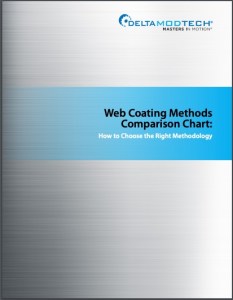

Delta ModTech created a chart comparing the types of coating methodologies that can be used in the converting process.
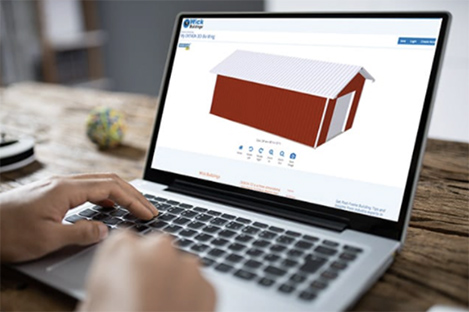
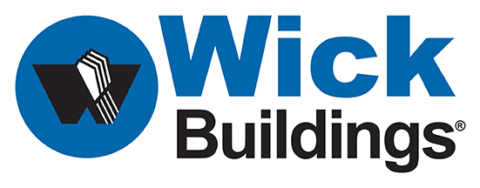
Wick Buildings created an interactive 3D Design tool for their post-frame buildings. Using the tool is free, but saving your plans requires an email address.


Winbound created an interactive checklist that includes everything you need to create a case study.
You can discover these types of tools both by talking to your customers as well as your sales team. Find out what tools people need to do their jobs more effectively.
You can also find ideas through keyword research. Look for terms involving “templates” and “checklists.”
Create an easy and compelling sign-up opportunity
You’ve got plenty of content-driven opportunities to create a sign-up. Now it’s time to close the deal. To do that, use highly visible sign-up opportunities, including:
Landing page with sign-up form: Create a specific landing page that promotes your lead magnet or monthly newsletter, and a simple form for sign-up. For newsletters, only require an email address. The less form fields, the higher the conversion rate.
Pop-up window: Install a form that will pop up on the screen after a reader is engaging in your
content. Set it to appear after 10–20 seconds, so you’re sure people are truly reading your content.
Sidebar and footer sign-up: You can also set the sidebar on your blog for sign-ups, but don’t forget about the footer. We’ve seen a high number of sign-ups from a good footer sign-up form.
Expert Tip:
What to include on your monthly newsletter sign-up form.
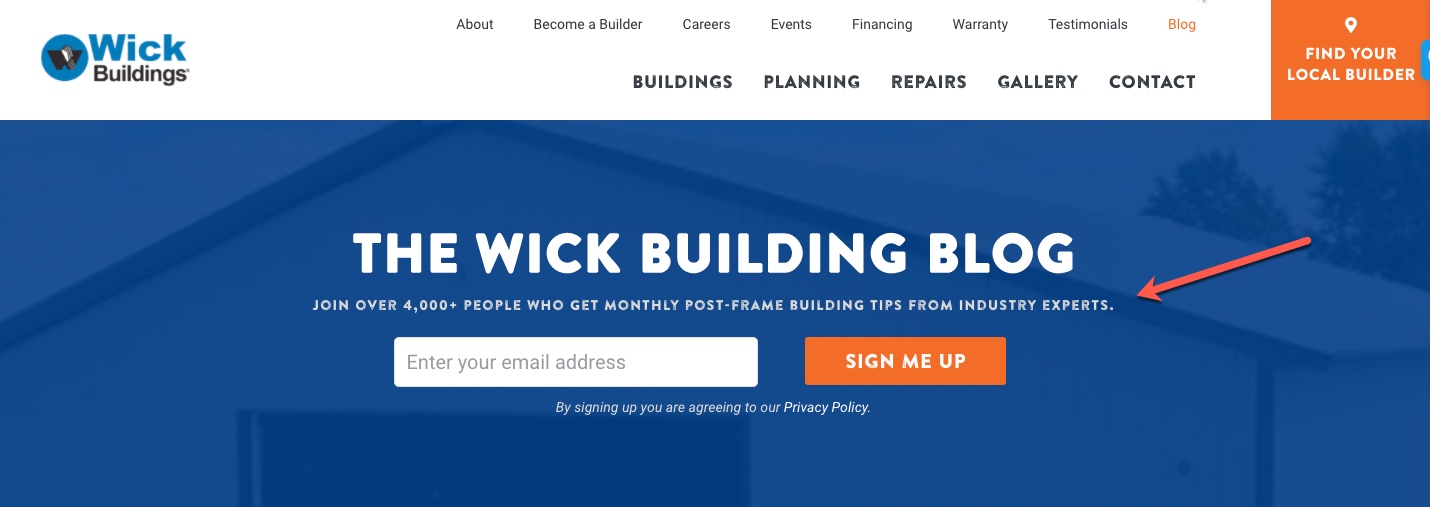
You really only need a short form for your newsletter. But don’t just throw out a “Subscribe to our monthly newsletter” message. Instead, include:
- What type of content is included in the newsletter
- Specify how often you’ll be sending it
- Include some form of social proof to compel sign-ups
We’ll get into the specifics of what that newsletter should look like and how to market it in a bit. But first, let’s dive into the lead nurturing emails you will send out for that mid-funnel content.
Types of emails to send: Lead Nurturing, the Monthly eNewsletter, and Email Blasts
There are all kinds of emails you can send. In our Digital Twin approach, we’re attempting to recreate the goals and activities of your top manufacturing salesperson, and what types of emails they’d send.
In our approach, we’ll use email in three different ways, all designed to get prospects to trust you and transition to the buying stage:

1. Lead Nurturing:
Introduce your company and showcase your success
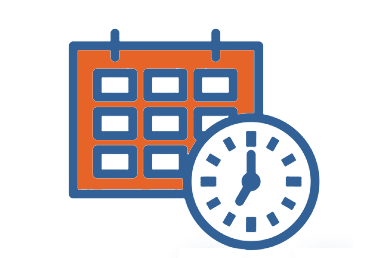
2. Monthly eNewsletter:
Stay in front of customers and prospects

3. Email Blasts:
Announce new products or services
1. Lead Nurturing: Introduce your company and showcase your manufacturing success
You’ve probably heard of a “drip email” sequence, or email lead nurturing. This is a series of emails to be delivered to the prospect immediately after they’ve downloaded the mid-funnel content.
Before we get into the approach, remember these important tips:
Let them know what’s coming. On the sign-up page for your product, make sure you specify that you’ll be sending a series of emails with some more information on your company. This will reduce your unsubscribe rate, and it’s good practice to let people know what’s coming (and in compliance with email laws).
Keep your emails short, and link to a webpage. No one likes a long email. Keep these short, with just enough information to make them want to learn more. Then link them to the website, which is really where you want them to go.
Ok, here’s a recommended sequence.
Email #1:
Welcome them and introduce your company. People like doing business with people. So use this opportunity to introduce yourself and give a brief overview of your company. Link to your “about” page.
Email #2:
Case studies. Remember, you’re out to establish trust. And nothing builds trust like your case studies. Use 1 or 2 emails to let the customer success tell your tale.
Link to your case studies.
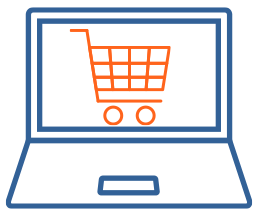
Email #3:
Explain your products and services pages. Now that you’ve built up your reputation and established some social proof with your case studies, you can roll out your products or your services. If possible, keep things at a high level, and invite them to drill down into your product pages for more specs and testimonials.
Link to your product and service pages.
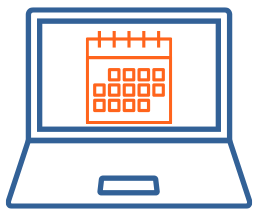
Email #4:
Remind them of the monthly newsletter. Remember on the sign-up form, we specify that you’ll be sending 4 emails. You may also want to say that includes an automatic subscription to the eNewsletter, and be sure to reinforce its value.
In this email, your sequence is done, so you want to include a transition to an email to keep you in front of your prospects. Let them know you’ll be sending them your monthly newsletter, and include some links to sample posts. (Remind them they can unsubscribe at any time.)
Link to top blog posts.
Do these really work? Heck yeah!
Remember, these folks just downloaded a great piece of content from you, and they’re eager to learn more about you. That’s why these emails typically have such high open rates. This client’s sequence is a slight variation from above, but look at the high open rates for the emails.
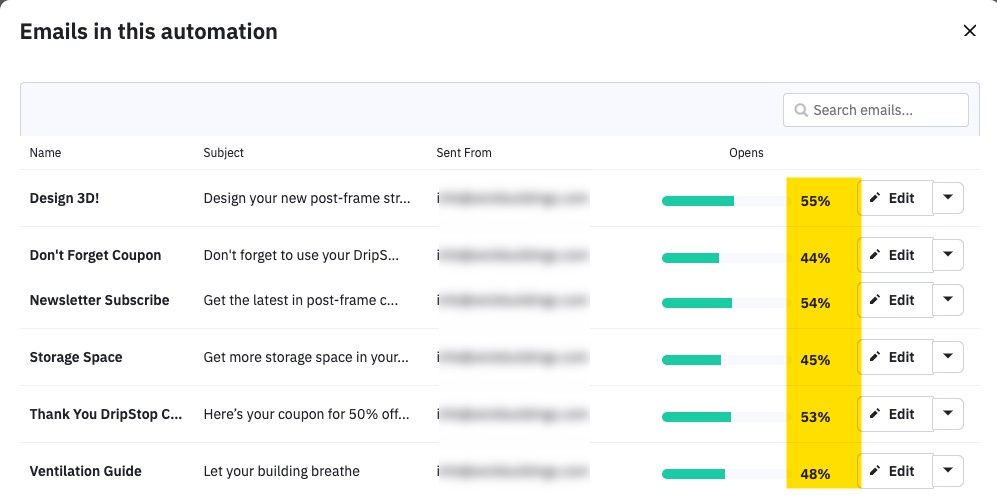
According to SuperOffice, the average open rate for emails was 22.1% in 2019, so these open rates are almost double the standard.
Expert Tip:
Set the timing on your follow-up emails to one per day
While some marketers like to spread out their lead nurturing emails, we agree with the words of Gini Dietrich of Spin Sucks who advocates sending out your lead nurturing emails immediately after the conversion:
2. The Monthly eNewsletter: Stay in front of customers and prospects
All manufacturers have a long sales cycle. You know you have to stay in front of prospects so when they’re ready to act, you’re top of mind. And just as important, you want to stay in front of current customers, and let them know about new products and services.
A monthly eNewsletter will keep you in front of them, month after month, and showcase your insights, new products, and case studies. It’s the tool that keeps on selling for you.
We are big fans of the regular newsletter, and we’re not alone. In fact, 77% of B2B companies use an email marketing newsletter as part of their content marketing strategy. Here’s how to get it done:
Use the ongoing content you’re creating
Think about the newsletters that you subscribe to and read often. You value them – heck, you may even rely on them for quality information. That’s our goal. To build a similar, compelling newsletter.
So now, the next question is … what will you put in the newsletter?
Marketers always cringe at the thought of a newsletter. It can be such a Herculean effort to put one together on a regular basis, right?
Wrong.
If you’re creating content on an ongoing basis, you’re writing your newsletter with each new piece. It’s very simple to collect that top-of-funnel content at the end of the month and package it into a newsletter.
But now we get to the most important part: Creating the type of content that will compel people to subscribe, and then keep them subscribed.
Make sure that content is timely and/or niche-focused
Prospects today are more wary of giving up their email. And you should respect that.
So if you’re going to build your list, you have to give them something that’s worth subscribing to. Provide them with a newsletter that meets either of the following criteria or, ideally, both:
![]() Timely. People will subscribe to your newsletter list only if there is something they want to see, month after month. For example, if you are a manufacturer, you may want to publish timely information, such as ongoing updates of monthly industry sales.
Timely. People will subscribe to your newsletter list only if there is something they want to see, month after month. For example, if you are a manufacturer, you may want to publish timely information, such as ongoing updates of monthly industry sales.
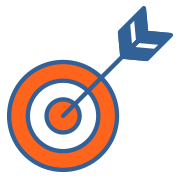 Niche-focused. If you’re marketing to a niche – like we specialize in marketing materials for small manufacturing market departments – you’re producing content that’s specific to what your prospects need. The less generic it is, the more likely they’ll subscribe.
Niche-focused. If you’re marketing to a niche – like we specialize in marketing materials for small manufacturing market departments – you’re producing content that’s specific to what your prospects need. The less generic it is, the more likely they’ll subscribe.
If you’ve followed your marketing plan, your content should already be niche-focused. Adding in some time-based element will give your newsletter extra appeal.
ESSENTIAL:
Keep publishing consistently.
The one thing you don’t want to do is become inconsistent with your newsletter. By staying in front of your prospects, month after month, you’re there the moment they finally decide to take action.
Yes, you can sell from your newsletter
People subscribed to your newsletter for more top-of-funnel content. But that doesn’t mean you can’t include some promotional content in it as well.
Deliver on the promise of what the newsletter will deliver (exceptional monthly content), but you can also feature a new product or service in the introduction section of your newsletter. You also want to highlight case studies and events, such as webinars or coaching sessions.
3. Email Blasts: Announce new products or services
Use one-off email blasts sparingly for new product updates and announcements. Get too pushy with products and people will unsubscribe. We tend to keep most product announcements in the intro of the newsletter, but use the email blasts to really make a splash.
You can also use these for disruptions in service. Many clients sent out special COVID-19 emails, for example, to alert customers of new hours or office procedures.
Sure, there’s more that can be done, but start here
Note that these approaches are designed for small marketing teams, and don’t involve the in-depth sophistication that includes lead scoring or extensive automation. You can always build out the strategy as you see more success and you’re awarded more resources by management.
The tactics above, however, will help you achieve a consistent and manageable email marketing approach. It’s the ideal foundation for your Digital Twin’s email marketing.
Subscribe and get all our assessment tools!
Subscribe to our monthly newsletter for sales and marketing insights, and you’ll also get access to all our research, checklists and how-to guides to help you assess your own efforts.
By submitting this form you agree to our Privacy Policy.
625 N Segoe Rd #701
Madison, WI 53705
